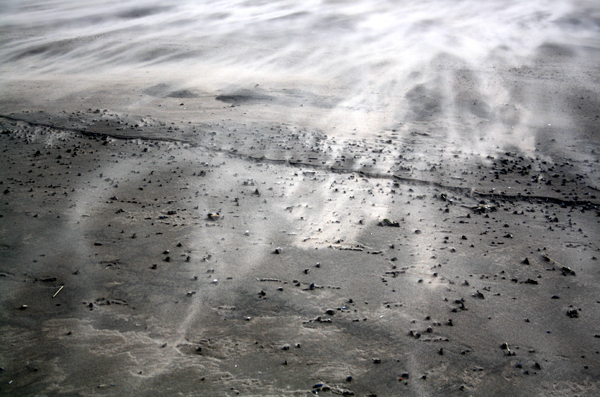Coney Island then and now: A look at the Pyrotechnic Insanitarium 100 years on
By Paul Goss
Photographs by Nora Mertens
On a recent trip to New York City, I finally made it to see a long time fascination of mine: Coney Island. My interest in Coney Island stems Rem Koolhaas’s analysis of the island in Delirious New York. In his essay, Coney Island: Technology of the Fantastic, he outlines the role Coney Island played in generating the 24-hour metropolis and consumer culture that transformed New York City at the turn of the 20th Century.

According to Koolhaas, Coney Island always existed in binary opposition to Manhattan. At the beginning, Coney Island was a natural landscape with quiet beaches; a relief from the congestion of Manhattan. As the island became more popular and more crowded, it could no longer exist in its current state and had to swing to the opposite binary, one of extreme artificiality and urban intensification. Mutating the island into a city of lights and artificiality, a place where pleasure was created and consumed, required technology. To borrow from Koolhaas, technology of the fantastic was used to create a synthetic reality. Technology of the fantastic was used to create an urbanism and social environment that the public demanded and consumed, one that became a laboratory for Manhattan.
A bizarre landscape of theme parks evolved on the Island, each trying to outdo the last. Dreamland was home to over 1,300,000 electric lights, creating a second city of lights that was the advent of the 24-hour metropolis. Attractions like Fighting the Flames, The Fall of Pompeii, Barrels of Love and Lilliputia developed in line with the public’s demand for the fantastic and bizarre. Each relied on technology to create and sell a synthetic reality to be consumed by the public. Further, cardboard was a predominant building material, resulting in many impossible spires and useless space. However, the architecture was convincing enough to support “the formula: carboard + technology (or any other flimsy material) = reality.” Coney Island’s extreme artificiality and wonderland of lights and attractions prompted some critics to call the place “The Pyrotechnic Insanitarium.”

These factors of technology, synthetic reality, urbanism and the bizarre served as a laboratory for Manhattan, creating a new urbanism and consumer culture to go with it.
That was Coney Island then, but what about now? What is it and how does it function in the metropolis?

To me, it seems like it is caught between lives, between what was then and what it is now. It was interesting to see how my preconceptions of the place both aligned and strayed from what it actually is. It is still a weird outpost at the end of the line, but it is not the abandoned landscape devoid of life that I imagined. In fact, it still seems to be quite popular among the public, offering a unique blend of attractions amid the fading glory. Some of the old attractions, or remnants of them, still exist. You can eat a hot dog at Nathan’s hot dogs, home to the world’s first, ride the old Ferris wheel and other carnival rides. Coney Island retains some its old former weirdness, with fading signs and structures from the previous century, as well as attractions like Shoot the Freak. “Come on up, ladies and gentlemen, shoot the freak and the rest of your day will be gravy.”

Coney Island has certainly changed, but it still exists in binary opposition to Manhattan. Once an intensification of urban pressure, it is now an exhale from the pressure and crowds of Manhattan, a world apart from the museums and fashion of the other island. The attractions and landscape of the island have changed drastically during its lifespan, but the motivations to go have not. It is always has been, and still functions as, an escape, a chance to find, and even temporarily live in, a different reality.

http://www.paulgoss.com
http://www.architectureanthropology.com
